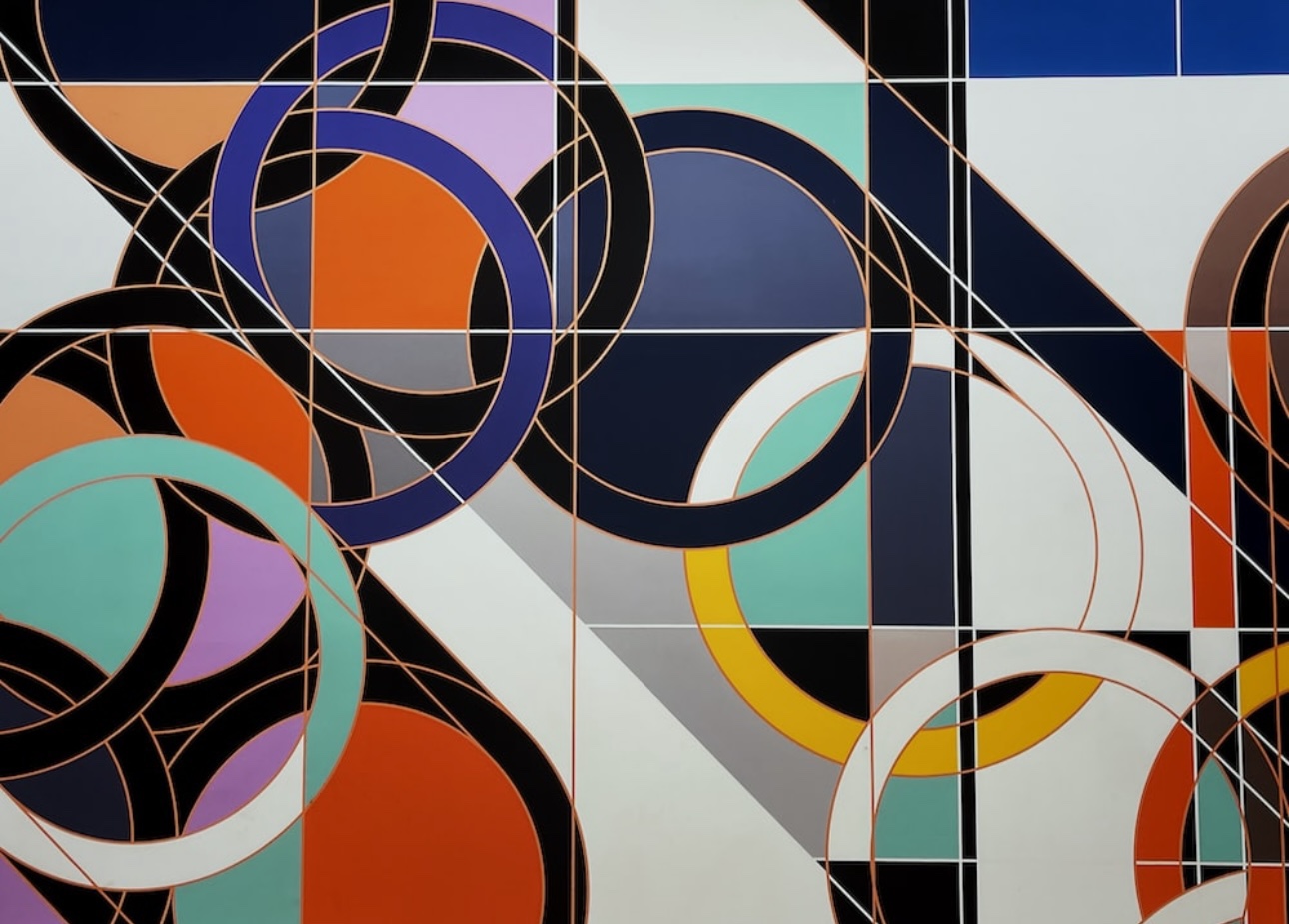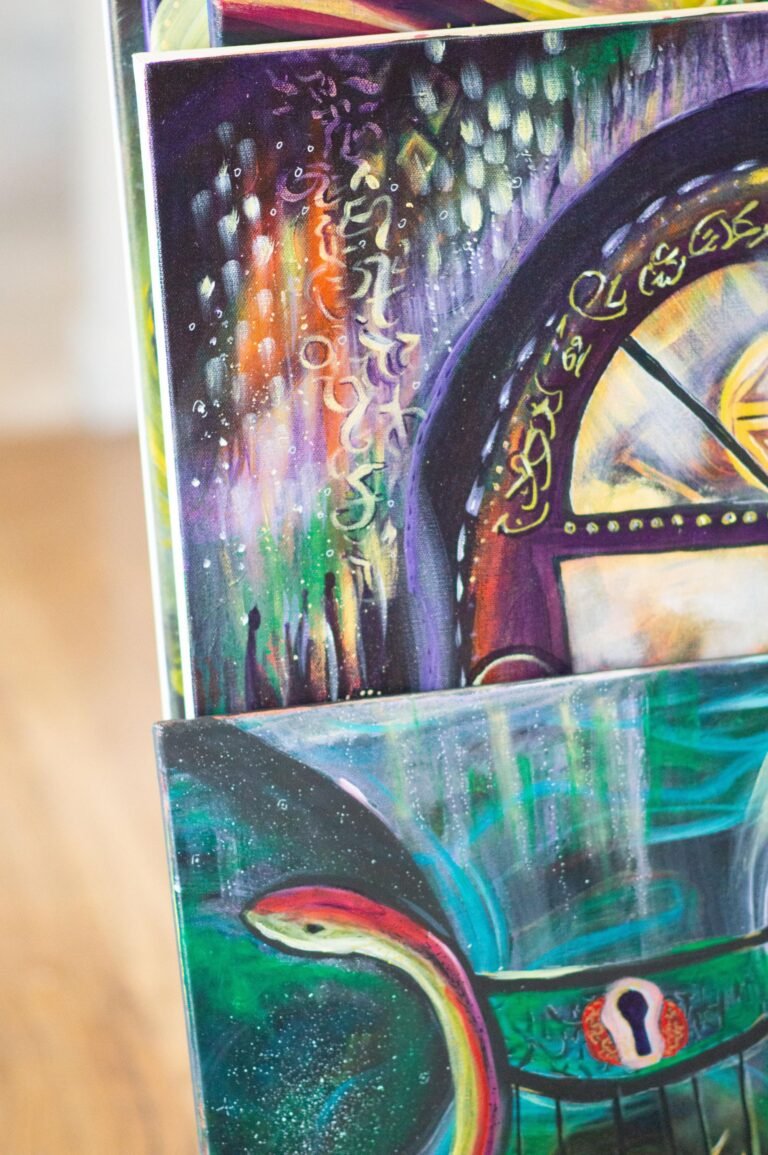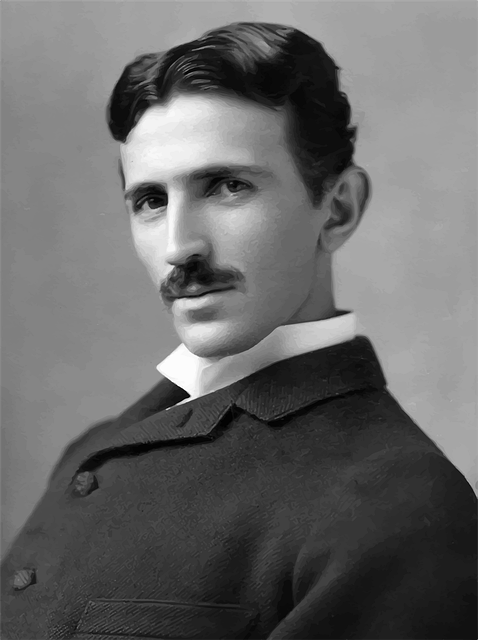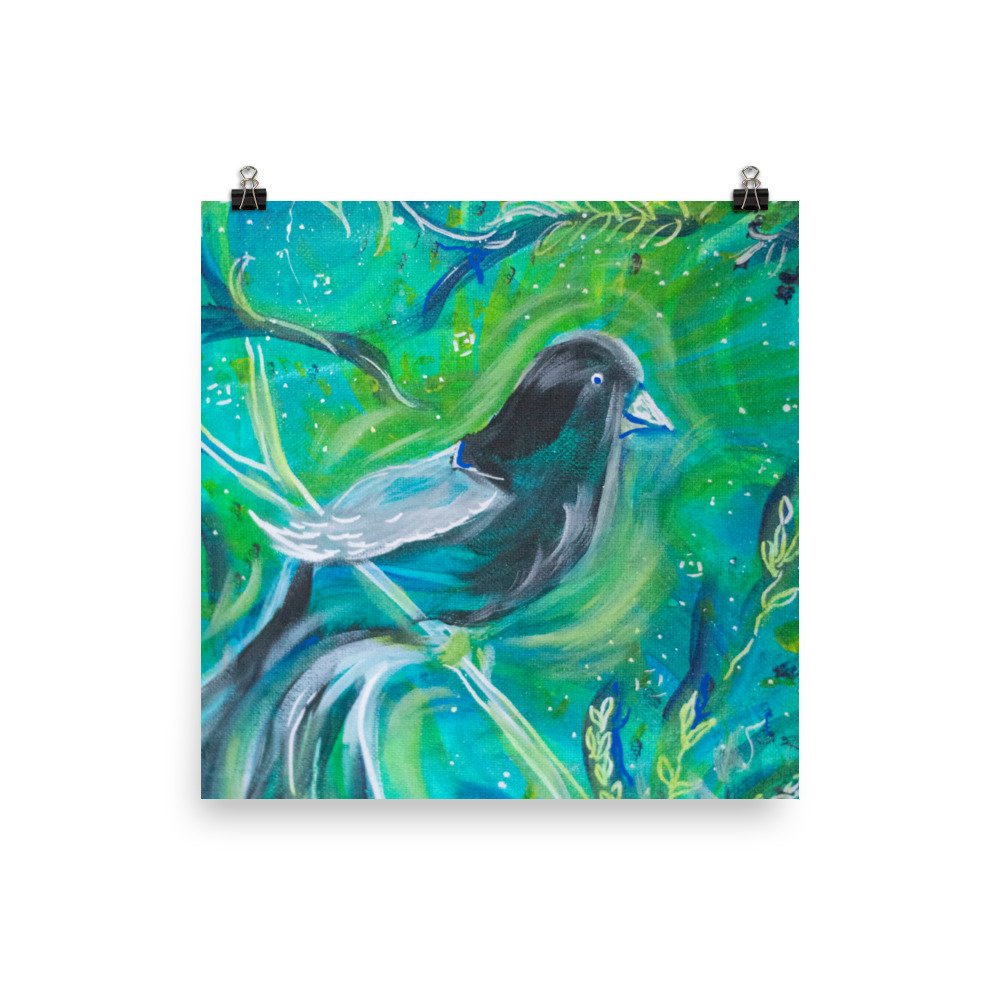From Brushes to Hashtags: The Key Ingredients for Success in the Modern Art Scene
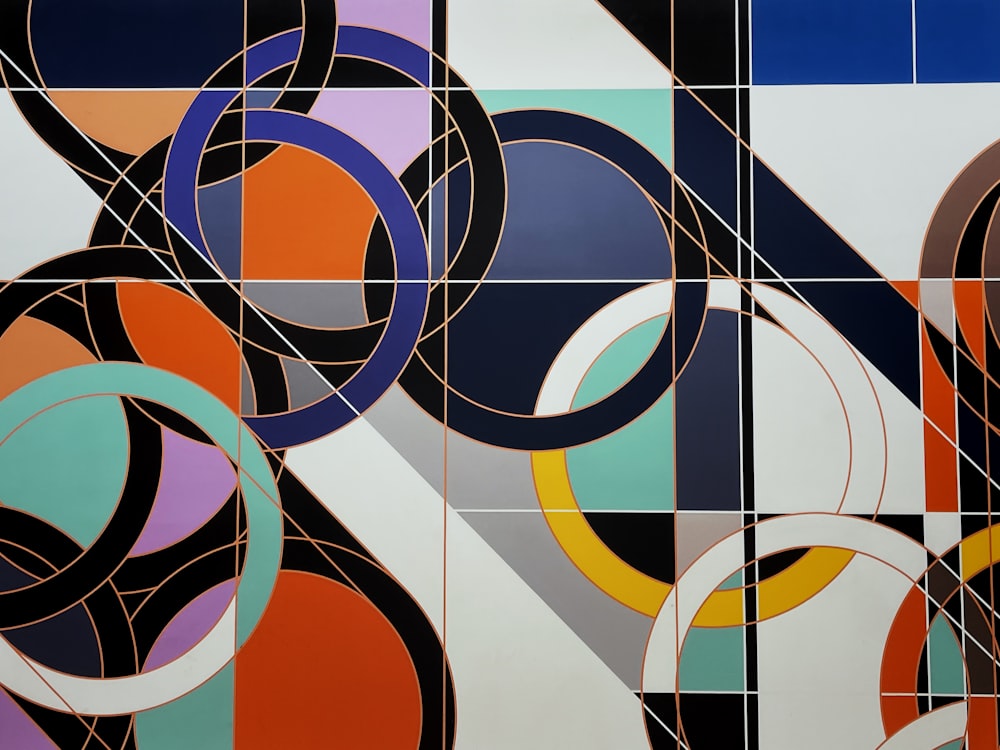
In today’s rapidly evolving art world, the traditional tools of the trade are no longer enough to guarantee success. Artists must adapt to the digital age, harnessing the power of social media and technology to make their mark. From brushes to hashtags, the key ingredients for success in the modern art scene are as diverse as the artwork itself. This article delves into the fascinating intersection of art and technology, exploring how artists can leverage digital platforms to gain exposure, build a following, and ultimately thrive in the competitive art market. We will discuss the importance of creating a strong online presence, utilizing social media strategies to connect with audiences, and the various digital tools available to artists to enhance their creative process. Whether you’re an aspiring artist looking to make your mark or an art enthusiast curious about the changing landscape, this article is your guide to navigating the exciting world of art in the digital age.
The evolving art scene and the role of social media
The art scene has undergone a significant transformation with the rise of social media. Artists no longer have to solely rely on traditional methods of showcasing their work in galleries or exhibitions. Social media platforms have opened up a whole new world of opportunities for artists to connect directly with their audience and gain exposure on a global scale.
Social media allows artists to showcase their work to a vast audience without the limitations of physical space. Artists can share their creations, works in progress, and behind-the-scenes insights with just a few taps on their smartphones. Platforms like Instagram, Facebook, and Twitter have become virtual galleries where artists can curate their own exhibitions and reach a wider audience than ever before.
Through social media, artists can build a community around their work, connecting with fellow artists, collectors, and art enthusiasts from all corners of the world. This online community provides a support system, feedback, and valuable networking opportunities that can propel an artist’s career forward.
Social media has also leveled the playing field, allowing emerging artists to gain recognition and exposure without the need for traditional gatekeepers. Artists no longer have to rely on art critics or gallery owners to discover their work. With a captivating online presence and the right strategies, artists can now create their own success stories.
The power of hashtags in art marketing
Hashtags have become an integral part of the social media landscape, and their power in art marketing cannot be underestimated. The strategic use of hashtags can significantly increase an artist’s visibility and reach on social media platforms.
Hashtags allow artists to categorize their work and make it discoverable by a wider audience. By using relevant and popular art-related hashtags, artists can attract the attention of art enthusiasts who are actively searching for new and exciting creations.
It’s important to research and choose hashtags that are relevant to the artwork being shared. For example, if an artist specializes in abstract paintings, using hashtags like #abstractart or #contemporarypainting can help attract the right audience. Additionally, artists can also create their own unique hashtags to build a recognizable brand and encourage engagement from their followers.
However, it’s crucial to strike a balance when using hashtags. Using too many hashtags can make a post appear spammy, while using irrelevant or unrelated hashtags may attract the wrong audience. Aim for a mix of popular and niche hashtags that accurately represent the artwork being shared.
Utilizing social media platforms for art promotion
Social media platforms offer a plethora of opportunities for artists to promote their work and connect with their audience. Each platform has its own unique features and strengths, and artists should tailor their strategies accordingly.
Instagram, with its visual-centric nature, is a favorite platform for artists. Artists can create a visually appealing grid of their artwork, share stories behind their creations through captions, and engage with their audience through comments and direct messages. The platform’s Explore page also exposes artists to a wider audience, increasing their chances of gaining new followers and potential buyers.
Facebook provides a more diverse range of content formats, allowing artists to showcase their work through photos, videos, and live streaming. Artists can create dedicated pages to share updates, events, and interact with their audience through comments and messages. Facebook groups dedicated to art and creativity also provide opportunities to connect with like-minded individuals and collaborate on projects.
Twitter, with its fast-paced and concise nature, is ideal for artists who want to share quick updates, thoughts, and insights. Artists can participate in art-related discussions, share links to their portfolio or website, and connect with influencers and potential buyers.
LinkedIn, often overlooked by artists, can be a valuable platform for professional networking and showcasing artistic expertise. Artists can share their creative journey, insights into their artistic process, and connect with professionals in the art industry, including gallery owners, curators, and art collectors.
It’s essential for artists to choose the platforms that align with their goals and target audience. Instead of spreading themselves too thin across multiple platforms, artists should focus on a few platforms where they can consistently engage and build a strong presence. For artists, YouTube & TikTok are also great platforms.
Engaging with your audience through social media
One of the greatest advantages of social media for artists is the ability to directly engage with their audience. Building a genuine connection with followers can lead to increased support, word-of-mouth promotion, and potential sales.
Artists can foster engagement by responding to comments, asking questions, and starting conversations around their artwork. Encouraging followers to share their thoughts or interpretations of a piece can create a sense of community and make followers feel valued.
Another effective way to engage with the audience is by providing a behind-the-scenes look into the artistic process. (Such as in this blog post) Sharing progress photos, time-lapse videos, or insights into the inspirations behind a creation can pique the audience’s curiosity and deepen their connection with the artist.
Artists can also organize contests, giveaways, or interactive challenges that encourage followers to participate and share their own creative work. This not only creates a sense of excitement but also generates user-generated content that can be shared and promoted by the artist.
It’s important to remember that engagement should be a two-way street. Artists should take the time to explore and support the work of their followers, leaving thoughtful comments and showing genuine interest in their creative endeavors. Building a supportive community can lead to long-term relationships and collaborations.
Collaborating with influencers and art communities
Collaborations with influencers and art communities can significantly boost an artist’s visibility and reach. Influencers, who have a large and engaged following, can introduce an artist to a wider audience and help build credibility.
Artists can collaborate with influencers by creating artwork inspired by their brand or collaborating on a joint project. The influencer can then promote the collaboration to their audience, giving the artist exposure to a new set of potential followers and buyers.
Art communities, both online and offline, offer opportunities for artists to connect with fellow creatives, participate in group exhibitions, and gain exposure. Joining art organizations, attending art events, or participating in online art communities can open doors to valuable networking opportunities, mentorship, and collaborations.
Collaborating with influencers and art communities not only expands an artist’s reach but also provides a platform for learning, growth, and inspiration. By surrounding themselves with like-minded individuals, artists can stay motivated, exchange ideas, and push the boundaries of their creativity.
Leveraging user-generated content for art marketing
User-generated content, created by followers or fans, can be a powerful tool in an artist’s marketing arsenal. It not only showcases the artist’s work but also acts as social proof, reinforcing the quality and value of their creations.
Artists can encourage their followers to share photos or videos of their artwork, either in their own homes or in public spaces. This not only generates content that can be shared on social media but also creates a sense of community and connection between the artist and their audience.
Artists can organize contests or challenges that prompt followers to create their own artwork inspired by a specific theme or style. By featuring the best submissions on their social media platforms, artists can not only showcase the talent of their followers but also encourage others to participate and engage with their work.
It’s important for artists to credit and appreciate the creators of user-generated content and seek permission before sharing it. This not only respects the work of the followers but also fosters a positive relationship between the artist and their audience.
The impact of visual storytelling in art promotion
In the digital age, where attention spans are shorter than ever, visual storytelling has become an essential tool for artists to captivate their audience and stand out from the crowd.
Visual storytelling involves using a combination of images, videos, captions, and narratives to convey a compelling story behind an artwork or the artist’s journey. By sharing the story behind a creation, artists can evoke emotions, spark curiosity, and develop a deeper connection with their audience.
Artists can use platforms like Instagram or YouTube to share videos that showcase their creative process, providing a glimpse into the artist’s studio, tools, and techniques. This behind-the-scenes content can create a sense of authenticity and transparency, making the audience feel more connected to the artist and their work.
Captions and narratives accompanying artwork can provide insights into the artist’s inspiration, the meaning behind a piece, or the artist’s personal journey. By sharing personal anecdotes, struggles, or triumphs, artists can create a narrative that resonates with their audience and makes their artwork more relatable.
Visual storytelling allows artists to go beyond the visual appeal of their artwork and create a multi-dimensional experience for their audience. By weaving a story around their creations, artists can leave a lasting impression and create a stronger emotional connection with their viewers.
The importance of consistent branding in the art world
In a crowded art market, consistent branding can be the differentiating factor that sets an artist apart from the competition. Consistent branding creates a recognizable identity and image for an artist, making it easier for potential buyers and followers to identify and remember their work.
Branding involves creating a cohesive visual style, which includes elements like a logo, color palette, typography, and overall aesthetic. Artists should choose a visual style that aligns with their artistic vision and use it consistently across all their marketing channels, including their website, social media platforms, and promotional materials.
Consistent branding doesn’t stop at the visual aspects. Artists should also consider their tone of voice, the values they want to convey through their work, and the emotions they want to evoke in their audience. By aligning all these elements, artists can create a strong and cohesive brand that resonates with their target audience.
It’s important to remember that branding should be authentic and true to the artist’s identity. Trying to mimic popular styles or trends can come across as inauthentic and may not attract the right audience. Artists should stay true to their unique artistic voice and let their branding reflect their individuality.
Finding success as an artist in the digital age
The digital age has presented artists with exciting opportunities and challenges. To find success in the modern art scene, artists must embrace technology, adapt to the changing landscape, and continuously evolve their strategies.
Creating a strong online presence through social media, utilizing hashtags effectively, and engaging with the audience are key ingredients for success. Collaborating with influencers and art communities, leveraging user-generated content, and using visual storytelling can significantly boost an artist’s visibility and reach.
Consistent branding plays a crucial role in setting an artist apart and creating a unique identity in the art world. By staying true to their artistic vision and utilizing the digital tools available, artists can navigate the competitive art market and thrive in the digital age.
Whether you’re an aspiring artist looking to make your mark or an art enthusiast curious about the changing landscape, embracing the digital age and harnessing the power of social media and technology can be the catalyst for success in the modern art scene. From brushes to hashtags, the key ingredients for success are within reach, waiting to be explored and utilized by artists willing to embrace the digital revolution. Be sure to subscribe to get more artist tips and inspiration straight to your inbox!


